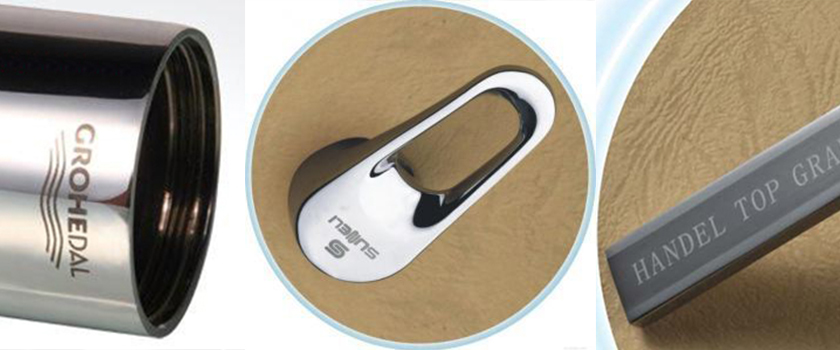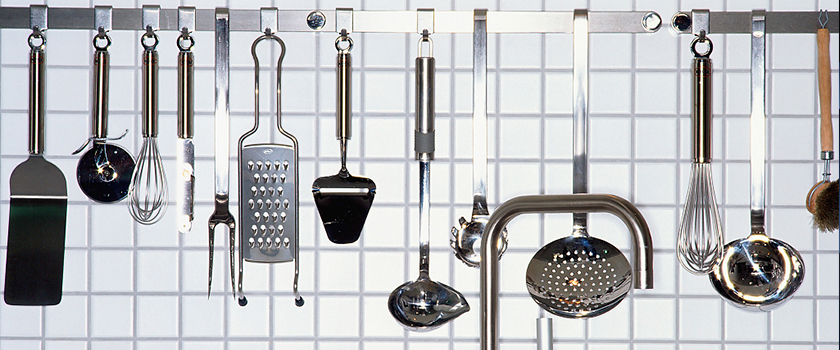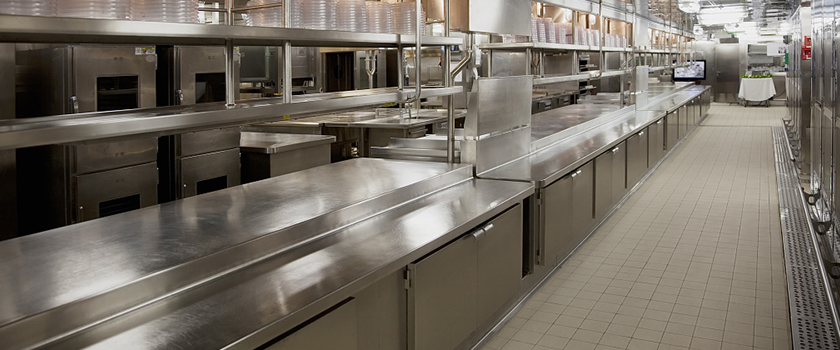10, 2018
by Oree laser
From the traditional offline retail to the escalation of e-commerce warfare, from the simple pursuit of quantity growth to the pursuit of quality process guarantee, from the traditional processing technology to the application of emerging laser technology, the entire home appliance industry is undergoing profound changes.
Today, what I want to discuss with you is laser technology, which is one of the four major inventions of the 20th century, and keep the same status with the four major inventions of atomic energy, semiconductors and computers. Let's take a look at what new changes it has brought to the home appliance industry.
Laser processing technology
It is a processing technology mainly refer to cut, weld, surface, punch and micro-machine materials (including metals and non-metals) by laser beam interacted with substances. Laser processing with the advantage of non-contact processing, small damage to the workpiece, high efficiency, no pollution, high precision, and small heat-affected zone. Therefore, it is very suitable for the manufacture of light-weight and beautiful home appliances, especially in kitchen and toilet industry. For example, the cutting and welding in alloy casing and the drilling, cutting and marking in plastic parts of washing machines, refrigerators, and air conditioners.
Laser Marking
Traditionally, the parameter labels for home appliances are commonly used in PET, PVC, coated paper, etc. Labels must be made first, then by manually affixed, whose efficiency is low, and the labels are easily torn, biased, bubbled, etc. There are a large amount of label paper required. Therefor which need a high production costs with the feature of high consumption, not environmentally friendly, and the increase manpower and operating time. If the original plastic label is replaced with a laser mark, and the processing method is changed from the traditional manual labeling to the laser automatic marking, which can improve production efficiency, save manpower and a large amount of consumables, and is also more environmentally friendly and efficient. Nowadays, many companies are actively expanding the laser application in the field of white goods, bringing a new label nameplate laser processing solution for home appliances such as air conditioners, refrigerators, washing machines and remote controls.

laser cutting
Laser cutting is the process of focusing energy into a small space, using high-density energy for non-contact, high-speed, high-precision cutting methods. Compared with the traditional shearing process, it has higher cutting precision, lower roughness, higher material utilization and production efficiency. Especially in the field of fine cutting, laser cutting has the advantage that traditional cutting can't match. In the electrical industry, it is mainly used for the cutting of sheet metal parts in the appearance of sheet metal parts and the installation of complete electrical components. Because it adopts "contactless processing", there is no need to open the mold, cost saving. The processing graphics are made by software, and the patterns are various, such as metal fittings for air conditioners, metal cover cutting; cooling stencil cutting or punching at the bottom or back of the refrigerator The blade cutting of the juicer is to effectively improve the product quality, reduce the production cost, reduce the labor intensity, and bring better production efficiency to the manufacturer through the laser cutting technology.

Laser welding
In the home appliance industry, it is argon arc welding or fiber brazing is traditionally used, but the traditional welding process has a poor processing surface, which brings great processing difficulty to the next process, while the appearance of laser welding is smooth and flat. The heat deformation is small, the material is saved, and the appearance treatment can be completed by simply grinding or polishing after welding. The first application of laser seamless welding technology in China is the Haier crystal drum washing machine. Compared with the traditional washing machine, the 8mm gap produced by the rivet riveting improves the precision of the inner tube weld by 14.5 times, shrinks to 0.55mm, and has only 10 hair thickness. It is worth mentioning that with the laser seamless welding technology, the inner cylinder strength of the crystal has also been greatly improved. Some insiders believe that Haier has actually completed the historic breakthrough in the inner tube welding technology of the washing machine industry.

In fact, the application of the laser process in the home appliance industry is not only their new development goal, but also the path and direction of the entire Chinese economy and Chinese manufacturing. At present, the utilization rate of laser technology in home appliances is not high enough, but this technology has gradually been recognized by manufacturers. It is believed that in the near future, the application of laser technology in the home appliance industry will become more and more extensive, and its development potential and market opportunities are immeasurable. The laser process will enhance the value of home appliances and help the home appliance industry move to the higher end of "smart manufacturing."
Professional Laser Cutting Machine Manufacturer - OreeLaser